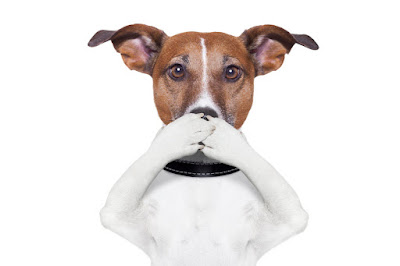
Now the festive season approaches there is an unwavering desire amongst some people to acquire a pet either for themselves or for a family member. This article is written not to deter people but produced in an effort to try and prevent impulse purchases, to try and make individuals more aware of the ramifications and responsibilities of taking on an animal.
Primarily what must be realised is that acquiring an animal, any living creature, immediately makes you responsible for that animal’s care, quality of life and survival. The principal animal charities at this time of year carry articles on dogs and cats primarily; unfortunately this is only a drop in the ocean. How many people purchase birds, aquarium fish, hamsters, reptiles, guinea pigs etc? How many of these actually die in the first few months due to neglect?
Before getting a pet, you should always ask yourselves a few pertinent questions.
1. Do you have the time to look after the animal? All animals require time spent on them, animal cages need cleaning, aquariums need cleaning , dogs have to be walked regularly, cat’s litter trays have to be cleaned out regularly, vivariums need to be monitored for warmth/humidity, etc ,etc. After the novelty wears off and the excitement ears off you still need to find the time, these animals are dependent on you. You have taken the responsibility of looking after a living breathing creature and they are totally dependent on you for their survival.
2. Does the pet require any special care? The most common cause of death I have encountered amongst animals over all my years of practice has been bad animal husbandry. I have seen dying reptiles bought into the clinic dying of starvation, primarily out of ignorance, where the animal has been fed the wrong diet or the temperature of the vivarium has been too low resulting in the animal not been able to digest its food.
3. Can I afford to keep a pet? Animals are a continual drain on resources, they will need money spent on them throughout their lives, they are not a computer game that after the festive period is left unused in a cupboard!! Different animals carry varied financial burdens, but this must be quantified. Even different sized animals carry dramatically different costs, a Chihuahua will eat less and medication will be significantly less than a larger breed like a Great Dane. All dogs need to be registered and licensed, an additional cost of £25 per annum per pet on top of the initial £30 registration cost. So before getting an animal please make sure you can afford the maintenance costs.
4. How long can the animal live for? Remember once you have a pet you are in it for the long haul. You might be a rabbit for your child, this rabbit could live for 10 years, your child might be married and have his own kid before the rabbit passes away!! Parrots can live for decades as can tortoises!! My point here is that make sure you are aware of how long these animals will be around for and that you will be responsible for them throughout their lives.
5. How large will the pet become? The most extreme cases that I have seen are individuals that have purchased small pigs that supposedly were supposed to be ‘miniature’ and remain small. If anyone is interested pop over to the Wildlife Park at the Alameda gardens and see how miniature a couple of these pigs have become!!! Another very sad case that I have witnessed is one where an iguana became too large and was released into the Nature Reserve, if was bought into the clinic dead as it had starved to death. On this note I would like to add that releasing an animal into the wild is beyond the pale, apart from the fact that it might die, it could in theory survive and put pressure on native species.
6. Can I give the pet the care and love it requires? Obviously different pets will need different levels of attention. For example, a hand reared parrot will needs countless hours of your family time, otherwise they will develop medical problems brought on by stress. In fact a lot of medical conditions can be as a result of lack of attention, it is not enough to just feed and clean your animal.
Getting a pet for Christmas carries loads of caveats, these are living creatures that will be dependent on yourselves for their survival, so getting a pet carries loads of responsibility and you must be aware of this and prepared to take this on.
Saying all this I hope I haven’t sounded too negative, I personally have a bit of a menagerie at home, pets can give you a lot of pleasure and happiness , but please look have them. Have yourselves a Merry Xmas and prosperous New Year.







